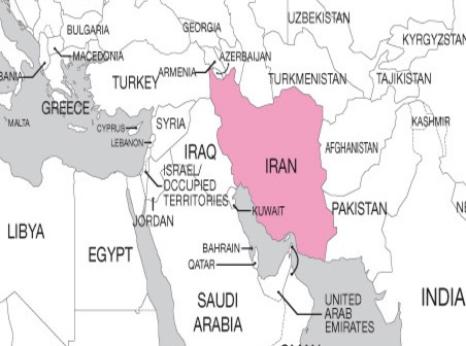Iran: Millions Of Schoolgirls At Risk Of Poisoning

The poisoning of schoolgirls has taken place in elementary, middle and high schools. The first reported gas attack on a girls’ school took place on 30 November 2022 in the city of Qom, Qom province, during which 18 schoolgirls were poisoned. The authorities tried to suppress reporting of this attack. News of its occurrence only emerged when the same school was attacked again two weeks later, on 13 December 2022, poisoning 51 more schoolgirls. Parents interviewed by media inside Iran in relation to the second incident said that the authorities had refused to release the toxicology results showing the cause of the previous poisoning and the form of gas used. In media interviews, students admitted to hospital said they had noticed an unusual gas smell in school and were suffering from shortness of breath, numbness and pain in the legs, and difficulty in walking. State media reported that at least 30 families filed official complaints before the Public and Revolutionary Prosecutor's office of Qom regarding the poisoning of students. The authorities announced that the Public and Revolutionary Prosecutor's office of Qom had appointed a special working group to investigate, but no further information has since been released publicly.
Since these first incidents, the attacks have increased exponentially, with independent media and human rights organizations reporting that more than 300 separate attacks have taken place in more than 100 girls’ schools across Iran. According to independent media and human rights groups, the most recent attacks took place on 15, 16 and 17 April in multiple schools in the provinces of Alborz, Ardabil, East Azerbaijan, Esfahan, Fars, Kermanshah, Khuzestan, Kurdistan, Mazandaran, Tehran and West Azerbaijan. Videos circulated online over the past months show chaotic scenes of schoolgirls in visible states of distress on school grounds, coughing and struggling to breathe, while other videos from inside hospitals show large numbers of schoolgirls receiving medical treatment. In February, independent journalists outside Iran reported that an 11-year-old girl had died after being poisoned in an attack at her school in Qom, but the authorities refuted these reports and state media published articles citing respiratory viral disease and kidney disease as causes of death. Family members of the girl stated in a video broadcast on state media and in written posts on social media that she died of a kidney problem and infectious disease. Given the Iranian authorities’ long-standing pattern of pressuring victims’ families and forcing them to make public statements in line with state narratives, Amnesty International is concerned that the family may have been coerced into providing these statements under duress.
Despite multiple statements from state officials, including Iran’s Supreme Leader, the President, the head of the Judiciary, and the Prosecutor General, purporting to take the poisonings seriously, the authorities have failed to release any information to the families and the public about the result of investigations into chemical gases used to poison schoolgirls, to hold perpetrators to account, and to take adequate measures to protect schoolgirls from widespread attacks, including repeated attacks on the same schools. At the same time, the authorities have pushed contradictory narratives about the attacks such as blaming the symptoms experienced by the schoolgirls on “mental contagion”, rather than poisoning, while simultaneously blaming the poisonings on “enemy conspiracies” orchestrated to “inflame society”. The authorities have further attempted to distort the truth about the cause of the poisonings to patients and their families and to silence media reporting on the issue. Amnesty International received information from a medical doctor inside Iran that the ministry of health has issued a protocol to medical centres in the country ordering medical staff to attribute symptoms suffered by schoolgirls from the chemical gas attacks to “stress”. The authorities have also arbitrarily arrested at least one journalist reporting on the poisonings and summoned several others for questioning. The failure to stop the poisonings has led to increasing public criticism and protests by distressed parents, schoolgirls, teachers and others, which have been met by the authorities with their usual repressive measures. In March, protests organized by teachers’ unions in relation to the poisonings and working conditions were violently dispersed through beatings, pepper spray and tear gas. In the same month, videos shared on social media showed plainclothes and uniformed members of the security forces violently attacking a victim’s mother outside a school in Tehran by aggressively pushing and pulling her and holding their hands over her mouth to silence her screams. On 9 April, following another poisoning in a girls' school in Saqqez, Kurdistan province, reports emerged that security forces responded to protests against the attack by arresting several people. On 15 April, security forces in Shahin Shahr, Esfahan province, fired teargas at distressed parents, teachers and supporters who had gathered in front of the city's education department building to protest the continued poisoning of students in the city.